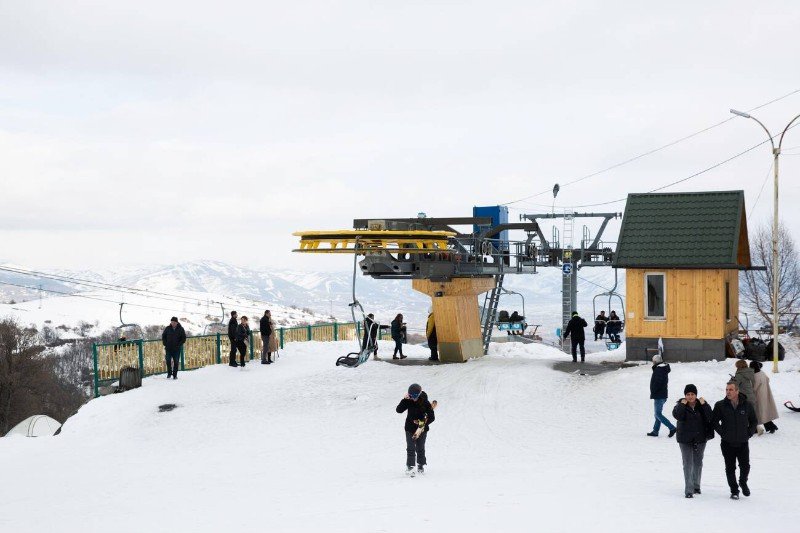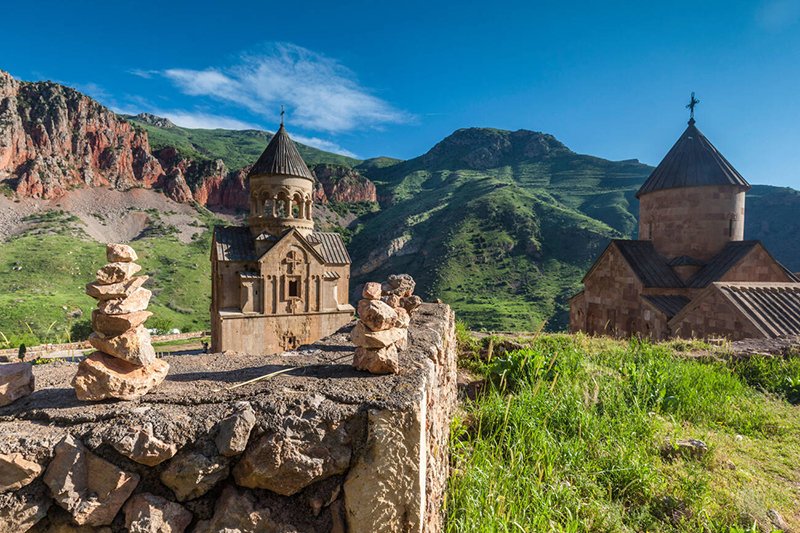Armenia is one of the world’s oldest Christian nations, and its land is filled with sacred sites that echo centuries of faith and history. The monasteries in Armenia stand as powerful symbols of spirituality, architecture, and culture. From mountain cliffs to quiet valleys, each monastery tells a story of devotion and resilience. This guide explores the most significant religious sites and monasteries in Armenia, including Etchmiadzin, Khor Virap, Geghard, Tatev, Noravank, and Haghartsin.
For more to explore, you can join one of our small group travel experiences and visit Armenia’s most iconic monasteries.
Why Monasteries in Armenia Are So Important
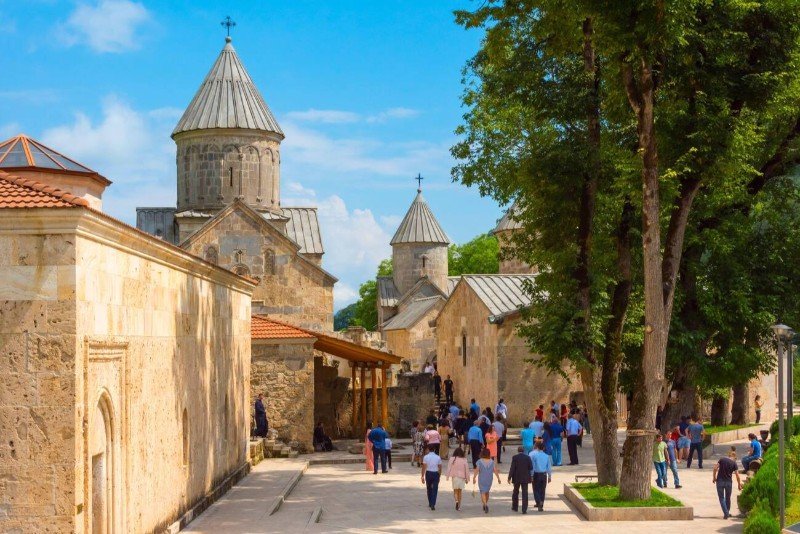
Armenia adopted Christianity as a state religion in 301 CE, making it the first country to do so. Since then, monasteries have served as centers of worship, learning, and art. Many were built in breathtaking natural locations to symbolize the connection between faith and creation. Visiting these monasteries in Armenia offers insight into the nation’s spiritual roots and its remarkable endurance through history.
Etchmiadzin Cathedral: The Spiritual Heart of Armenia
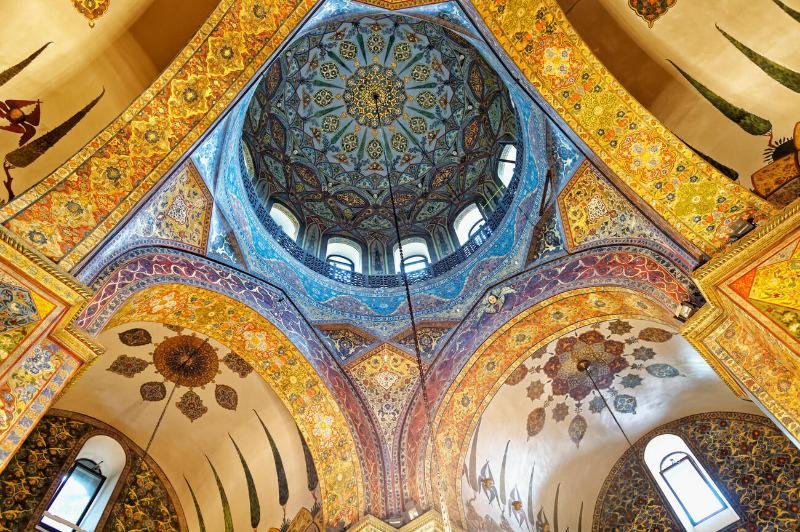
Etchmiadzin Cathedral, located in the city of Vagharshapat, is the oldest cathedral in the world, built in 303 CE. It’s considered the heart of the Armenian Apostolic Church. The cathedral’s design represents early Christian architecture, with intricate stone carvings and sacred relics preserved inside.
Etchmiadzin isn’t just a religious monument. It’s a living spiritual center where pilgrims gather from around the globe. The cathedral complex also includes several other churches and a museum displaying precious manuscripts and artifacts. For anyone exploring religious sites in Armenia, Etchmiadzin is the perfect starting point.
Khor Virap: The Monastery of Saint Gregory the Illuminator

Khor Virap is one of the most famous monasteries in Armenia, located near the border with Turkey. Its significance comes from Saint Gregory the Illuminator, who was imprisoned here for 13 years before converting King Tiridates III to Christianity. This event marked the birth of Christianity as Armenia’s national faith.
From the monastery courtyard, visitors enjoy a stunning view of Mount Ararat, which holds deep symbolic meaning in Armenian tradition. Khor Virap’s peaceful setting and historical importance make it one of the most photographed and visited sites in the country.
Geghard Monastery: Carved from Living Rock

The Geghard Monastery, a UNESCO World Heritage Site, is an extraordinary example of medieval Armenian architecture. Built partly inside a mountain during the 4th century CE, the monastery’s name means “the Monastery of the Spear,” referring to the spear believed to have pierced Christ’s side.
The complex includes churches and tombs cut directly into solid rock, showcasing the builders’ impressive craftsmanship. Chanting inside its stone chambers creates remarkable acoustics, making the spiritual atmosphere even stronger. Surrounded by the Azat River Gorge, Geghard remains a powerful reminder of Armenia’s deep religious devotion.
Tatev Monastery: A Marvel Above the Vorotan Gorge
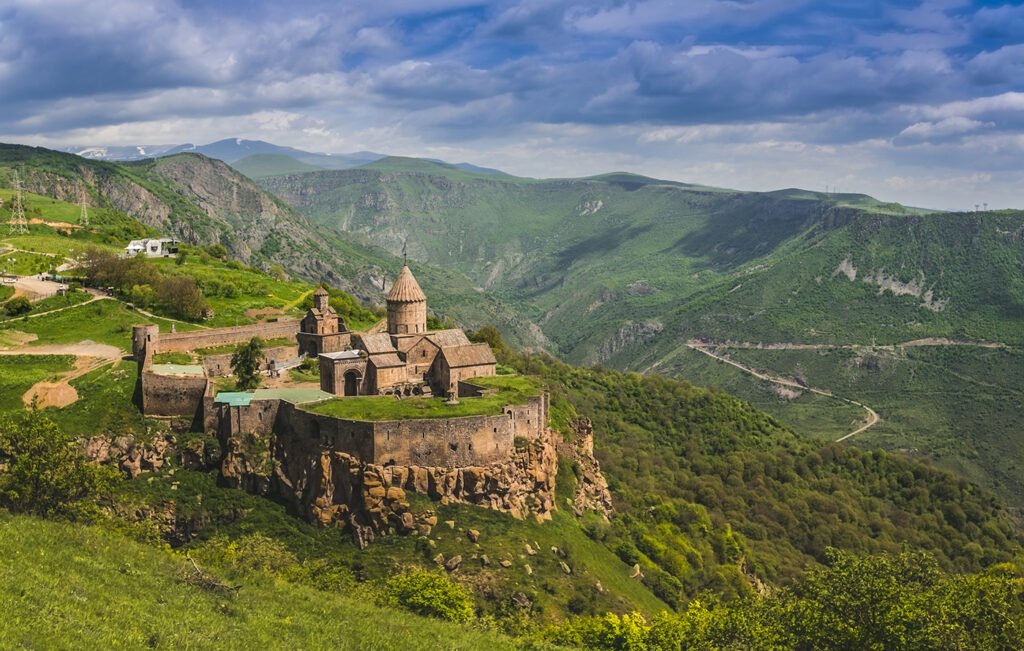
High above the Vorotan Gorge stands the Tatev Monastery, founded in the 9th century CE. It once served as a major educational and spiritual hub, housing one of the first universities in medieval Armenia. The complex includes churches, libraries, and residential areas where monks lived and studied.
One of the modern wonders associated with Tatev is the Wings of Tatev, the world’s longest reversible cable car, connecting the village of Halidzor with the monastery. The breathtaking journey offers panoramic views of the gorge and countryside, making Tatev both a spiritual and scenic destination for travelers exploring monasteries in Armenia.
Noravank: The Monastery in the Red Rocks

The Noravank Monastery is located in a dramatic canyon of red cliffs in the Vayots Dzor region. Built in the 13th century CE, Noravank features fine carvings by the famous architect and sculptor Momik. Its churches, especially Surb Astvatsatsin (Holy Mother of God), stand out for their unique two-story design and elegant stonework.
Noravank’s setting adds to its appeal. The contrast between the golden stones of the monastery and the surrounding red cliffs creates a striking view at sunrise and sunset. It’s one of the most scenic religious sites in Armenia, blending architectural mastery with natural beauty.
Haghartsin Monastery: Serenity in the Forests of Dilijan
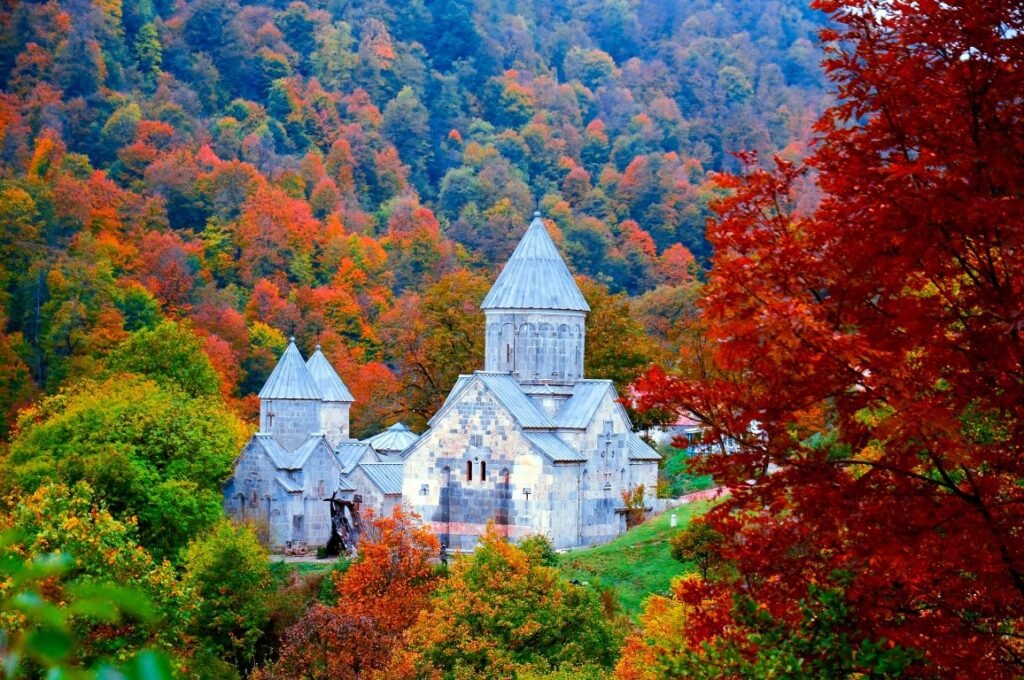
Hidden among the lush forests near Dilijan, Haghartsin Monastery dates back to the 10th–13th centuries CE. Its name means “the monastery of the soaring eagles,” inspired by a local legend. The complex includes several churches, a refectory, and a gavit (narthex), each featuring detailed stone carvings typical of Armenian medieval art.
Haghartsin offers peace and quiet for visitors seeking reflection. The forested surroundings and nearby mountain streams create an atmosphere of calm and renewal. It’s one of the most accessible monasteries in Armenia, located within the Dilijan National Park.
Planning Your Visit to the Monasteries in Armenia
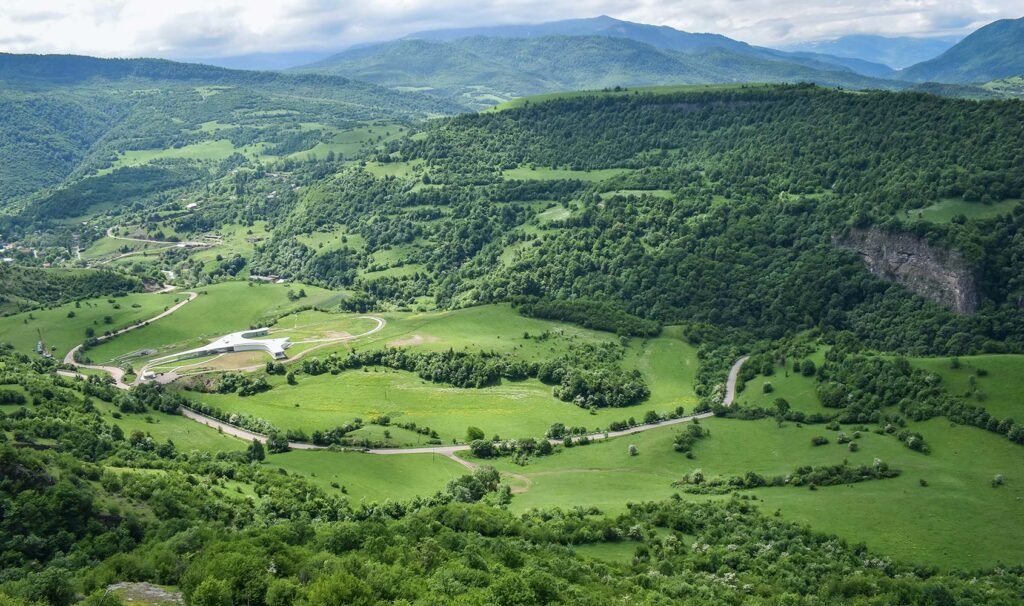
Travelers can visit these monasteries year-round, but spring and autumn provide the best weather and scenery. Many sites are accessible by car from Yerevan, and guided tours are widely available. Modest dress is recommended, especially when entering church interiors. Photography is generally allowed, but visitors should respect ongoing services.
To experience Armenia’s religious heritage fully, plan at least several days for exploration. Each monastery offers unique architecture, stories, and views that capture the essence of Armenian spirituality.
You can join one of Armenia tours and experience the country’s history, culture, and breathtaking monasteries firsthand.
Conclusion
The monasteries in Armenia are not only architectural treasures but also symbols of enduring faith. From the ancient walls of Etchmiadzin to the mountain heights of Tatev, these sacred places connect visitors to the heart of Armenian history and identity. Whether you seek cultural insight or spiritual peace, Armenia’s monasteries offer experiences that stay with you long after your visit ends.
FAQ
What is the oldest monastery in Armenia
The oldest and most significant is Etchmiadzin Cathedral, built in 303 CE, considered the spiritual center of the Armenian Apostolic Church.
Which monastery in Armenia has the best view of Mount Ararat
Khor Virap Monastery offers the best panoramic view of Mount Ararat, making it a popular site for both pilgrims and photographers.
What is the best time to visit the monasteries in Armenia
The best time to visit is during spring (April–June) and autumn (September–October) when the weather is pleasant, and landscapes are most picturesque.




